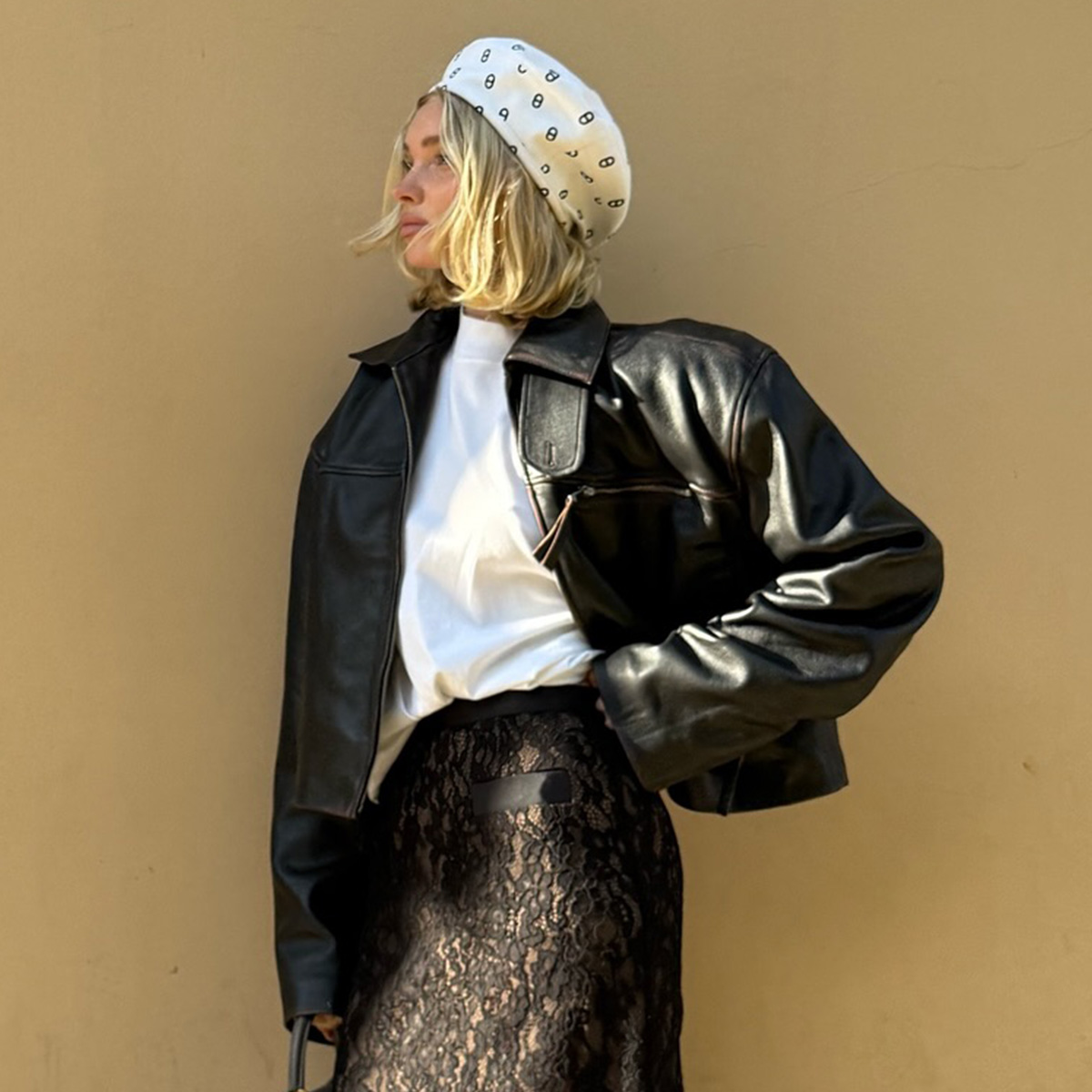This Trending (Unexpected) Ingredient Is Full of Antioxidants—Why Derms Love It


As a beauty editor, there's nothing I love more than discovering new and unexpected ingredients to incorporate into my skincare routine. If a dermatologist tells me that an ingredient can hit undo on hyperpigmentation, I'm going to try it. Likewise, if I learn that something as surprising as snail mucin can give me plump, glowing skin, I'm adding it to my lineup. Hypochlorous acid for redness? Sure. Ectoin for dryness? Check.
The latest ingredient that's come across my radar is one I can honestly say I've never thought about—well, not outside of my salad plate, at least. I'm talking about figs. Lately, the fleshy fruit has been popping up in new skincare products left and right. From decadent cleansing balms to high-performance lip moisturizers, keep scrolling to learn why fig is the trendy new ingredient your skin could benefit from. Spoiler alert: Derms love it.

The Benefits of Fig in Skincare
Loretta Ciraldo, MD, FAAD, is a Miami-based board-certified dermatologist with over 40 years of experience and the founder of Dr. Loretta Skincare. She says fig offers two main skin benefits: It's moisturizing and anti-aging due to its fatty acid content and antioxidant activity. First, let's talk fatty acids. "It's rich in essential fatty acids that give skin its vibrancy, as they retain moisture," Ciraldo says. "Fig has been shown in human volunteer testing to significantly decrease transepidermal water loss (TEWL), which increases skin luminosity and improves skin smoothness and texture."
Now let's talk antioxidants. "It has antioxidant benefits since it is rich in vitamins B and C, so it helps to prevent free radical damage—a major cause of unwanted aging changes including lines, wrinkles, loss of elasticity, and age spots," she says.
Board-certified dermatologist Hadley King, MD, FAAD, agrees, citing a study that found fig extract can improve eczema better than hydrocortisone cream due to its protective properties. As such, it's well-suited to anyone who has eczema or any other dry, itchy skin conditions.
Shop Fig Skincare Products
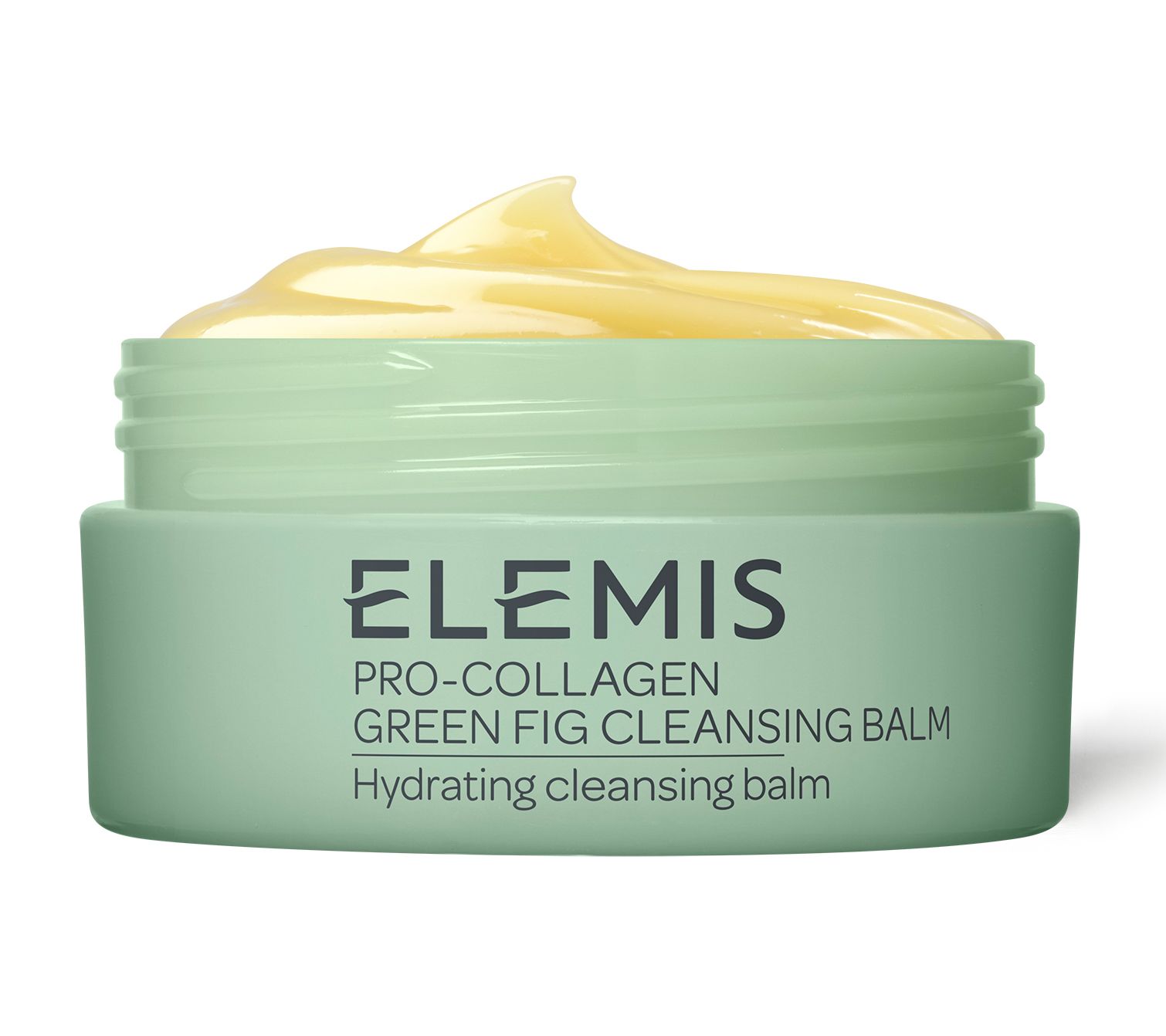
Ciraldo says this cleansing balm is "a good way to introduce fig into your skincare regimen." It's a new, limited-edition take on the brand's iconic cleansing balm, which melts away makeup and sunscreen without leaving a thick residue behind.
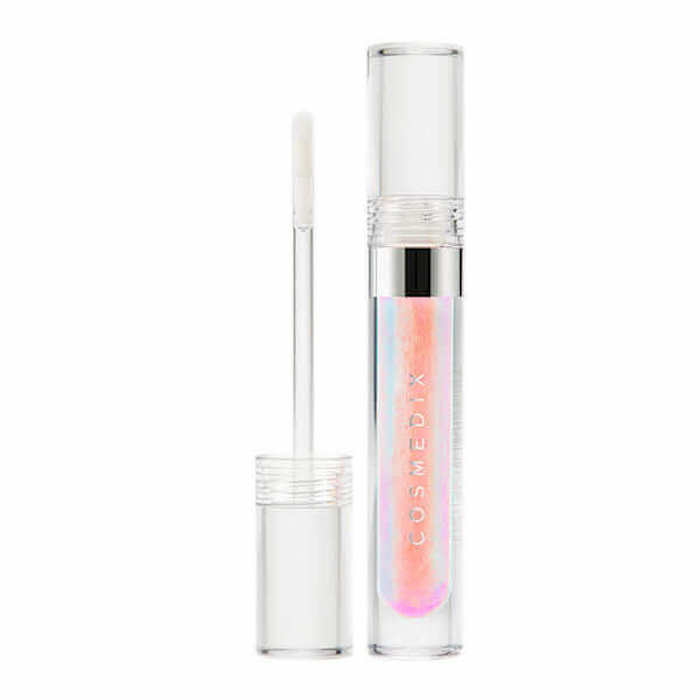
"My favorite product that contains fig is Cosmedix Lumi Crystal, a lip moisturizer that contains humectants to hydrate the skin, emollients to support the skin barrier, and occlusives to lock in moisture," King says.
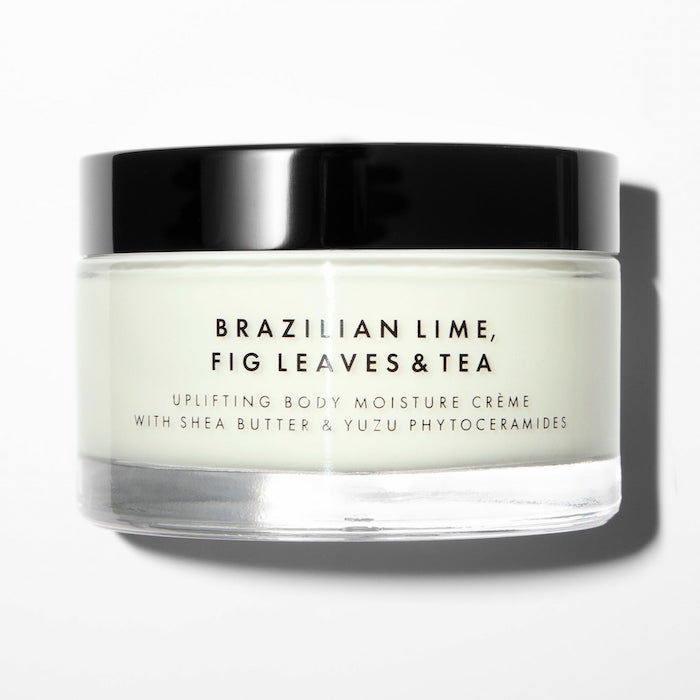
This body moisturizer combines fig extract with shea butter, yuzu phytoceramides, and kombucha for a strong, supported skin barrier.
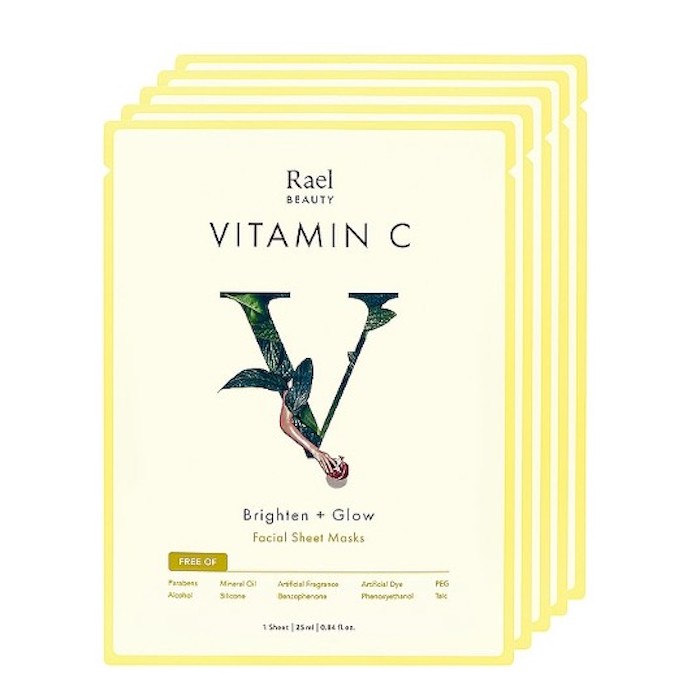
Infused with natural fruit extracts, including pomegranate and fig, these sheet masks hydrate the skin and brighten dark spots and dullness.
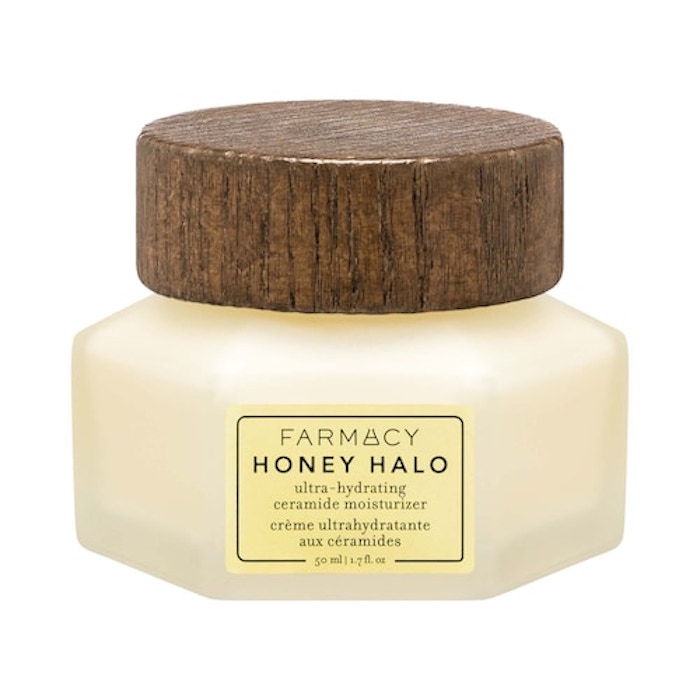
This cream combines the powers of honey, propolis, royal jelly, and fig extract for a kick of antioxidant-rich moisture.
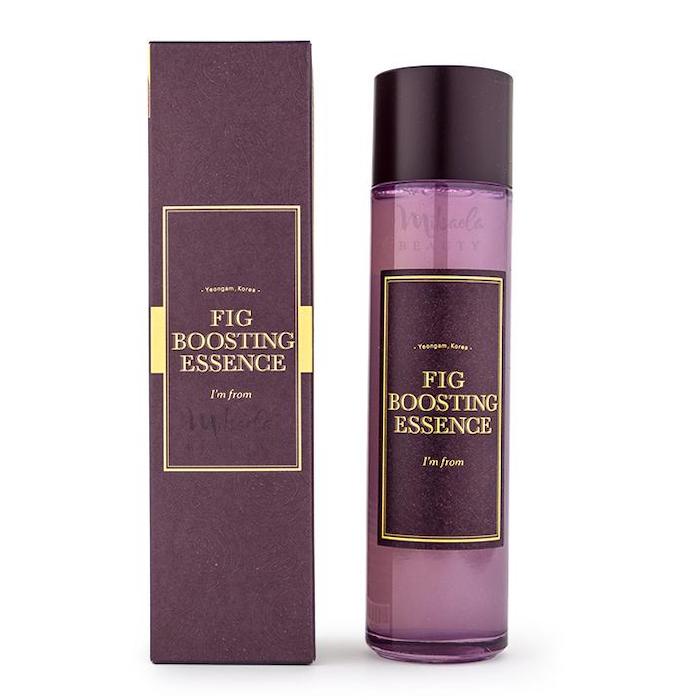
Chock-full of fig extract, this hydrating essence sinks into the skin, making it feel soft and plump. It also contains pore-clearing BHA to keep breakouts and enlarged pores at bay.

A combination of fig, shea butter, and oat milk makes this moisturizer incredibly comforting to dry, stressed skin.
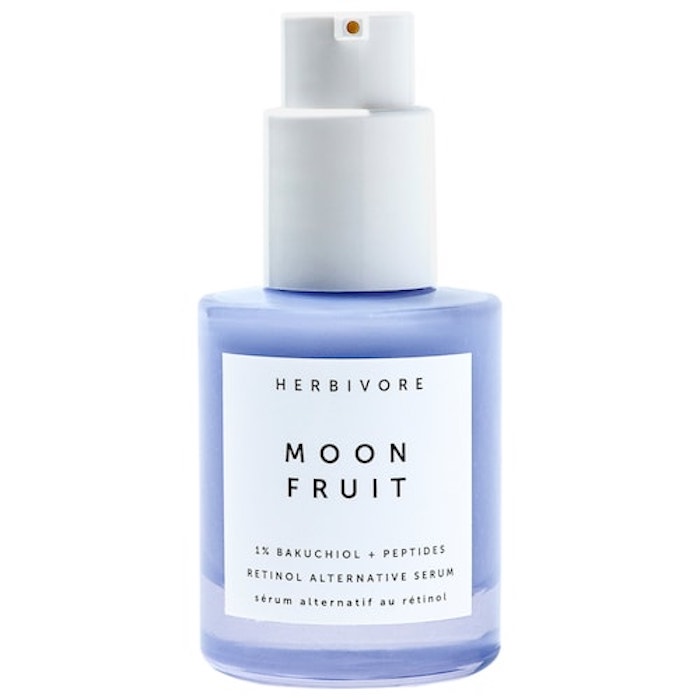
Fig extract, 1% bakuchiol, plant peptides, and adaptogens combine to create this retinol alternative. Even though it doesn't contain any actual retinol, it performs a similar function in that it targets signs of aging, firming, brightening, and tightening the skin.
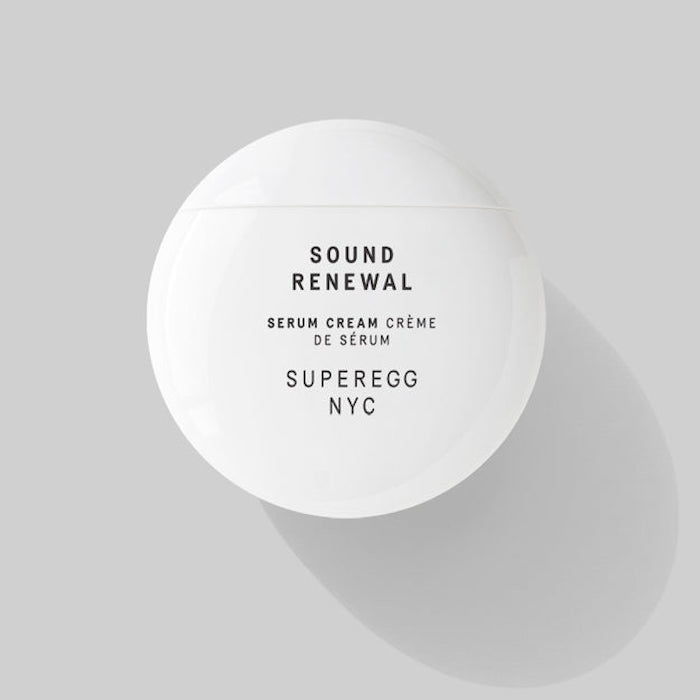
This lightweight gel-cream moisturizer is chock-full of antioxidants from fig extract. It also includes other skin-supporting ingredients like green tea, hyaluronic acid, squalane, and provitamin B5.
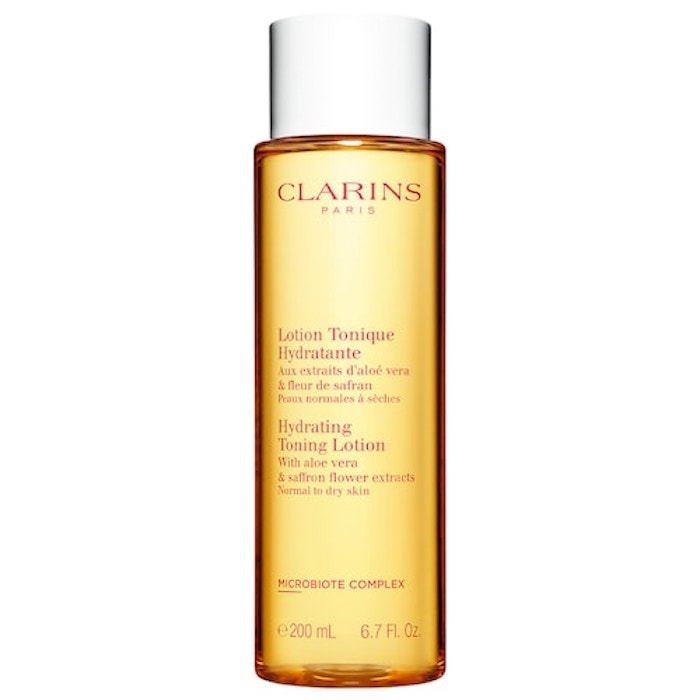
This plant-based (and alcohol-free!) toner hydrates and balances dry skin with fig extract, chlorella, kelp, and aloe vera.
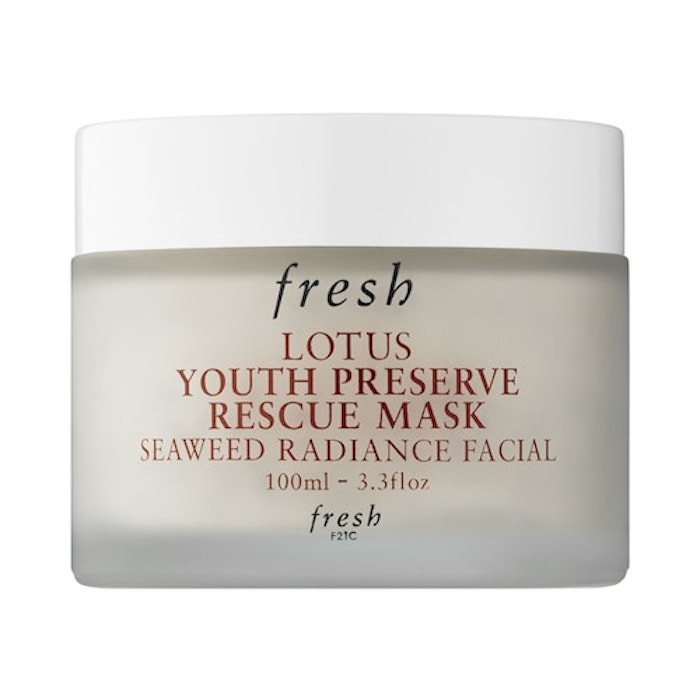
This five-minute mask contains Kombu seaweed flakes, red algae, and lotus seeds to gently buff away dry, dead skin. The result? Smoother, softer skin with little effort.
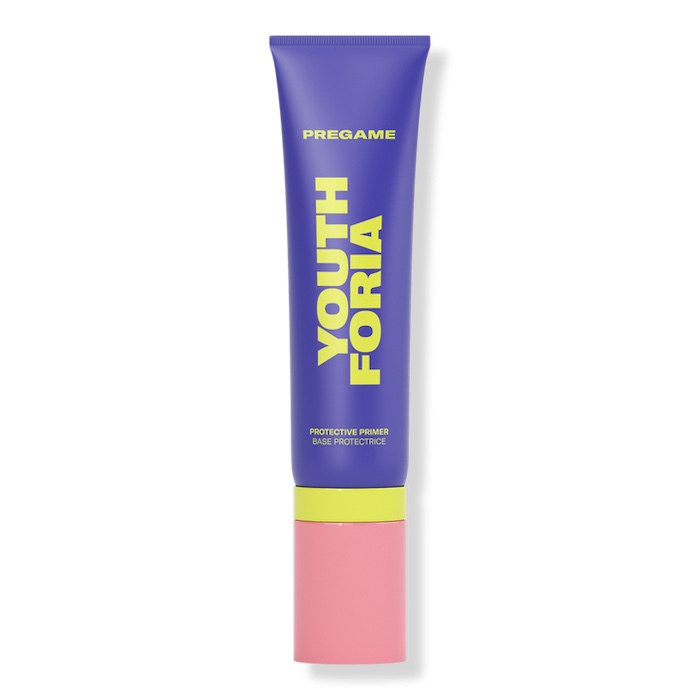
Okay, so not exactly a skincare product, this primer has skin-benefitting ingredients, so I'm counting it. Along with fig extract, it contains tea tree and aloe for a soft, hydrated complexion that's ready for makeup.

Kaitlyn McLintock is a Beauty Editor at Who What Wear. She has 10 years of experience in the editorial industry, having previously written for other industry-leading publications, like Byrdie, InStyle, The Zoe Report, Bustle, and others. She covers all things beauty and wellness-related, but she has a special passion for creating skincare content (whether that's writing about an innovative in-office treatment, researching the benefits of a certain ingredient, or testing the latest and greatest at-home skin device). Having lived in Los Angeles, California, and Austin, Texas, she has since relocated back to her home state, Michigan. When she's not writing, researching, or testing beauty products, she's working through an ever-growing book collection or swimming in the Great Lakes.
-
 If You Have a Damaged Skin Barrier, This Scandinavian Skincare Secret Can Help
If You Have a Damaged Skin Barrier, This Scandinavian Skincare Secret Can HelpIt protects the skin from oxidative stress.
By Kaitlyn McLintock
-
 Mandelic Acid Is the Key to Clearing Acne-Prone Skin (Without Extra Irritation)
Mandelic Acid Is the Key to Clearing Acne-Prone Skin (Without Extra Irritation)Here's your guide to the ingredient.
By Kaitlyn McLintock
-
 This Low-Key Ingredient Might Be Better Than Vitamin C—Here's What Derms Say
This Low-Key Ingredient Might Be Better Than Vitamin C—Here's What Derms SayAdding to my routine ASAP.
By Shawna Hudson
-
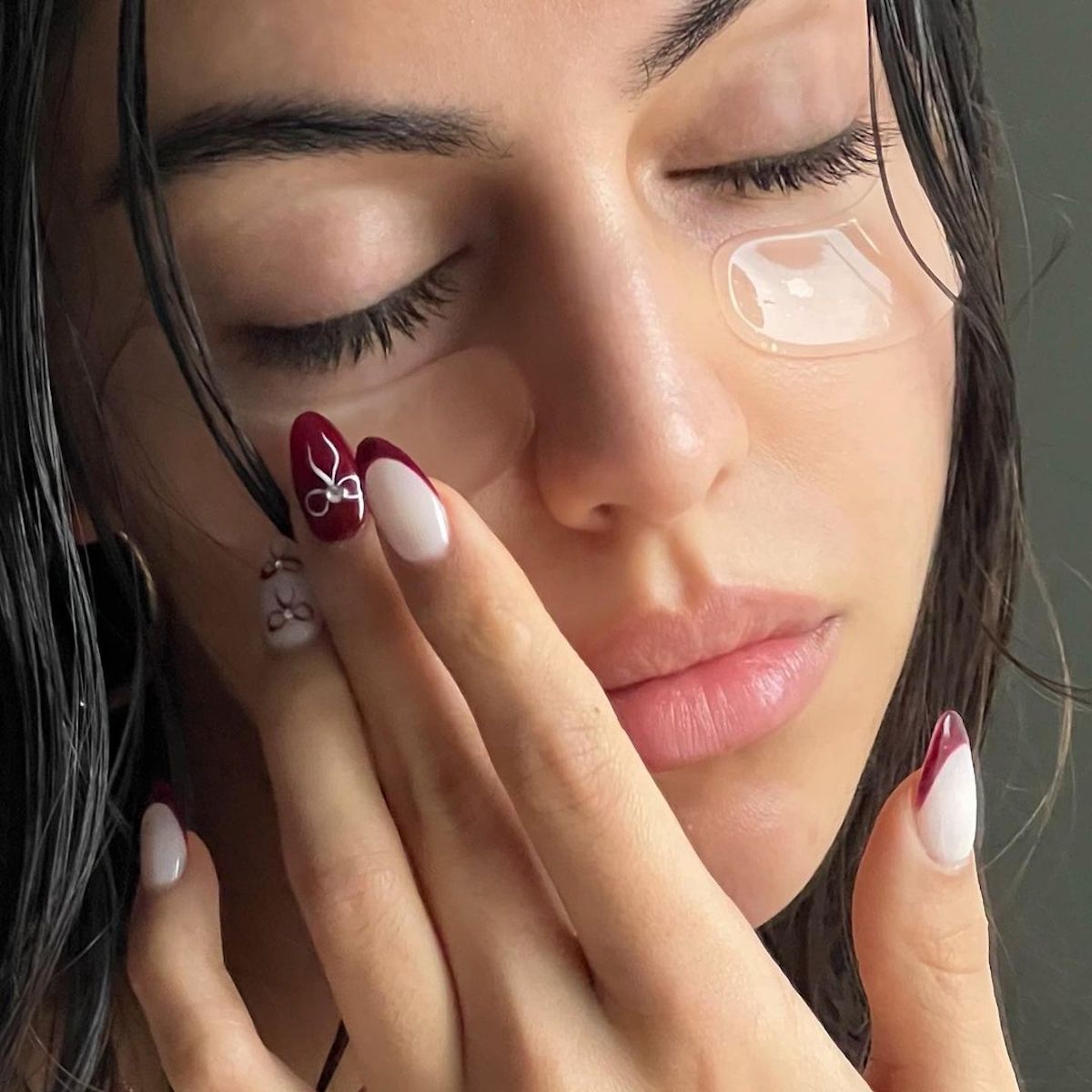 Biomimetic Skincare Is the Next-Gen Trend That's Taking Over the Beauty Industry
Biomimetic Skincare Is the Next-Gen Trend That's Taking Over the Beauty IndustryHere's what you should know.
By Kaitlyn McLintock
-
 Derms Say This Underrated Ingredient Is Like Hitting Undo on Hyperpigmentation
Derms Say This Underrated Ingredient Is Like Hitting Undo on HyperpigmentationDark spots don't stand a chance.
By Kaitlyn McLintock
-
 I Just Found the Best K-Beauty Brand for Acne, and Everything Is Under $35
I Just Found the Best K-Beauty Brand for Acne, and Everything Is Under $35Trust me, don't sleep on this one.
By Shawna Hudson
-
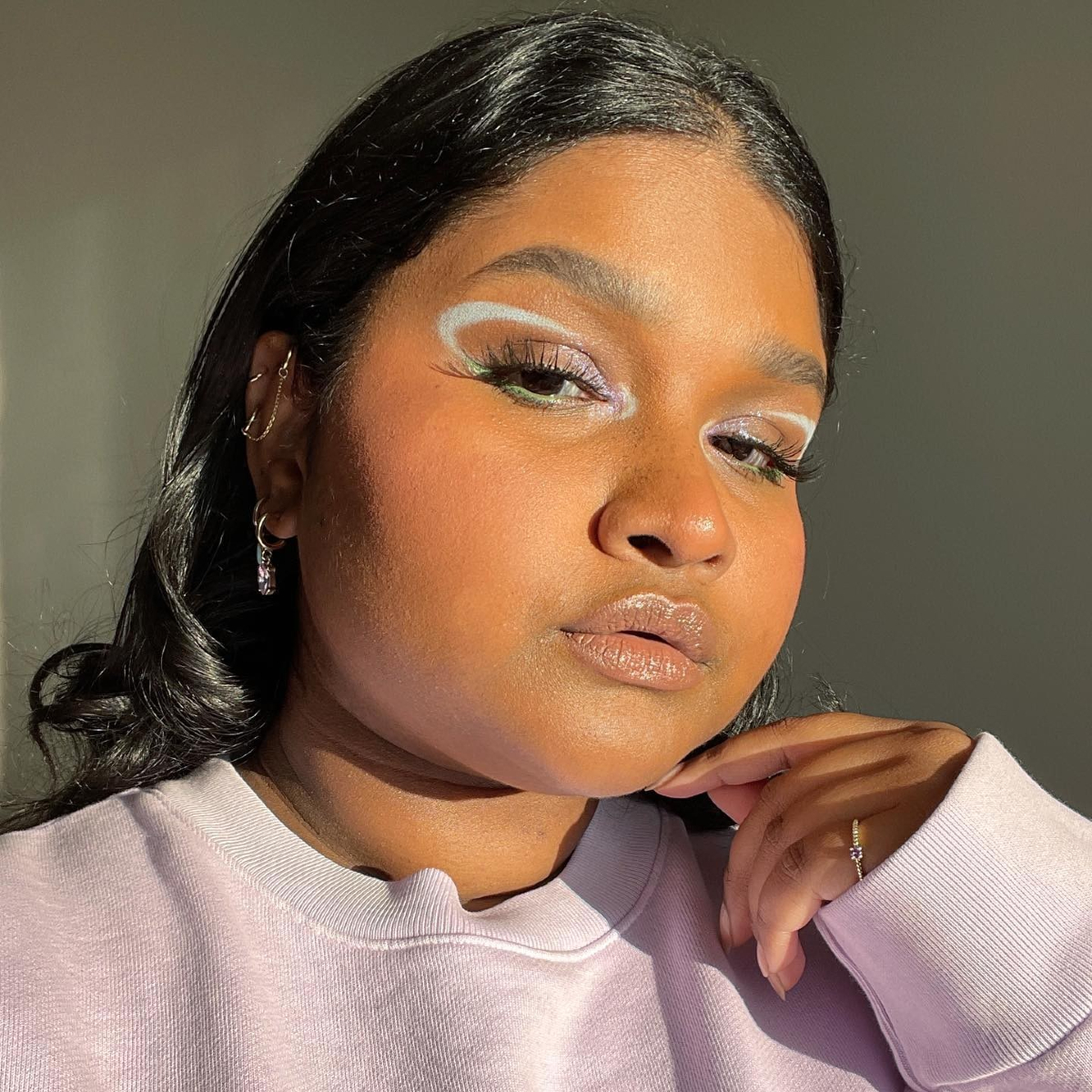 A Derm Shared 3 Ayurvedic Medicine Hacks That Helped Heal My Acne
A Derm Shared 3 Ayurvedic Medicine Hacks That Helped Heal My AcneThey made all the difference.
By Shawna Hudson
-
 This Underhyped Acid Tackles So Many Skin Concerns at Once—Here's What to Know
This Underhyped Acid Tackles So Many Skin Concerns at Once—Here's What to KnowEspecially if you have acne.
By Shawna Hudson
